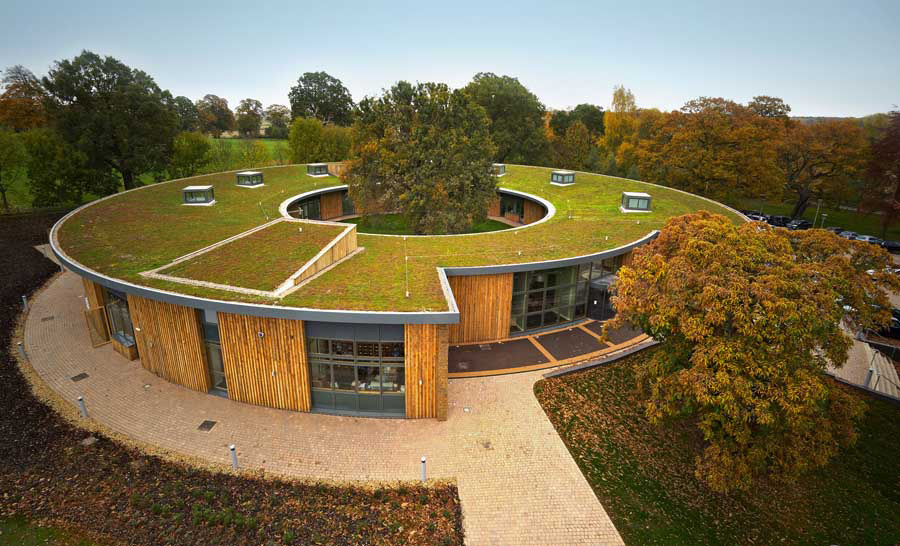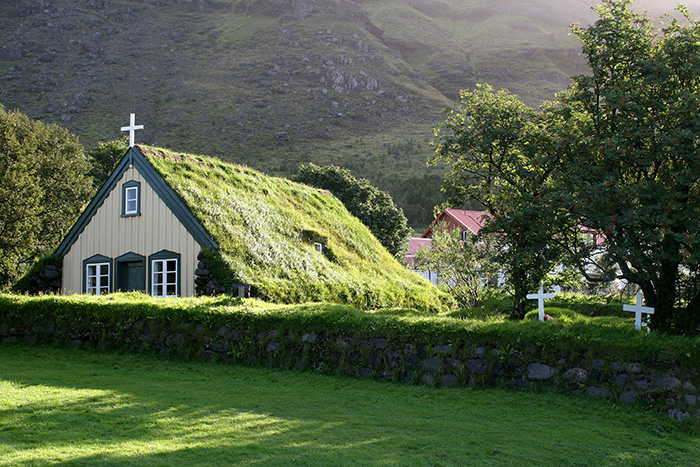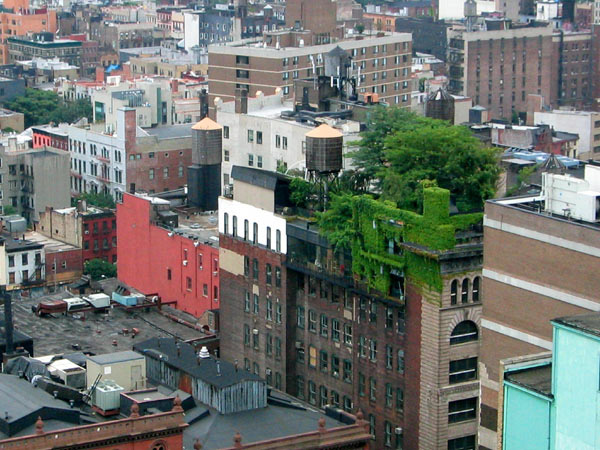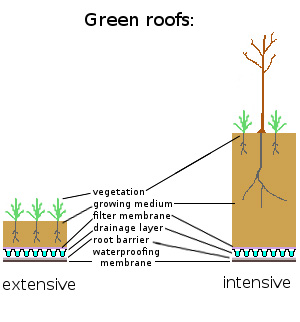Living Roofs
Living roofs, also known as green roofs, are building covers partially or completely covered with vegetation and growing medium. They provide multiple environmental benefits while extending roof life and creating new spaces for nature in urban areas.
Types of Living Roofs
- Extensive - Lightweight, low maintenance, shallow growing medium. Common plants used are mosses, grasses, and mat-forming sedums.
- Intensive - Similar to roof gardens, intensive green roofs are designed for homeowners to stand amongst their plants – both to tend the greenery and to enjoy the environment. Deeper soil, supports larger plants, requires more maintenance
- Semi-intensive - Balanced approach between the two. Common plants are sedums, ornamental grasses, succulents, and perennials.
- Biodiverse - Specifically designed to support local wildlife. Common plants used are native species, pollinator-friendly plants, and wildlife-friendly plants. If you're looking for a small project to do in your community, make a bus stop shelter with a pollinator garden on top for the bees!
Essential Components
A living roof system includes:
- Waterproof Membrane
- Root Barrier
- Drainage Layer
- Filter Membrane
- Growing Medium
- Vegetation Layer
Benefits
Living roofs provide numerous advantages:
- Stormwater Management
- Urban Heat Island Reduction
- Building Insulation
- Biodiversity Support
- Air Quality Improvement
- Extended Roof Lifespan
- Cuteness!



